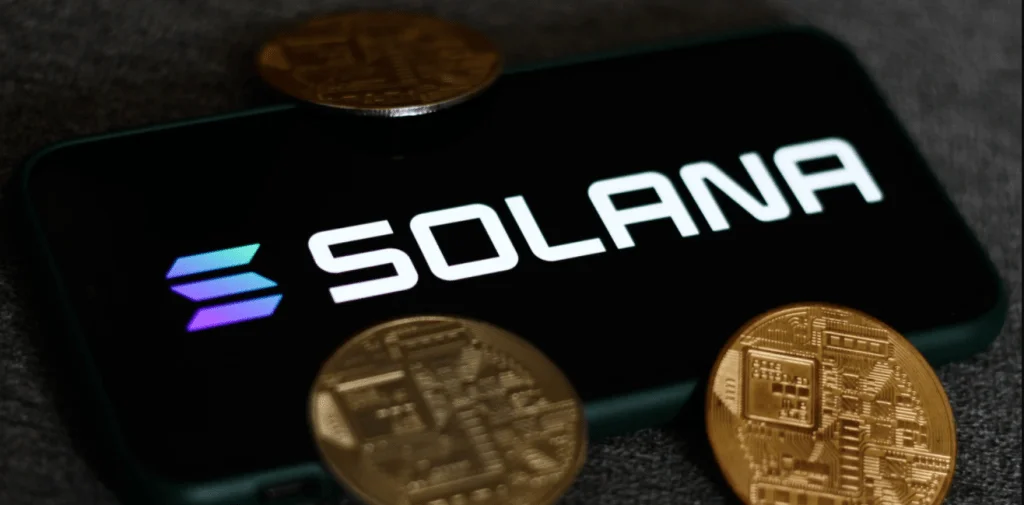A Bank of America digital asset strategist said on January 11 that Ethereum competitor Solana may become the “Visa of the digital asset ecosystem.”

Since its inception in 2020, the Solana network has evolved to become the sixth biggest cryptocurrency, with a market valuation of $47 billion. It has been used to settle over 50 billion transactions and create over 5.7 million non-fungible tokens, and it is an order of magnitude quicker than Ethereum (NFTs).
However, some claim that its speed comes at the expense of decentralization and dependability, while Shah believes the advantages outweigh the disadvantages:
“Its ability to provide high throughput, low cost and ease of use creates a blockchain optimized for consumer use cases like micropayments, DeFi, NFTs, decentralized networks (Web3) and gaming.”
According to Shah, who was quoted by Business Insider, Solana is gaining market dominance owing to its low costs, ease of usage, and scalability, while Ethereum may be restricted to “high-value transaction and identification, storage, and supply chain use cases.”
“Ethereum prioritizes decentralization and security, but at the expense of scalability, which has led to periods of network congestion and transaction fees that are occasionally larger than the value of the transaction being sent.”
“Solana’s runtime is a new design. It doesn’t use EVM [Ethereum Virtual Machine] and a ton of innovation was done to ensure that users have the cheapest fees possible, but there’s still work to be done on the runtime.”
Visa now handles 1,700 transactions per second (TPS), however, the network has a theoretical capacity of at least 24,000 TPS. On mainnet, Ethereum can manage roughly 12 TPS (more on tier twos), whereas Solana has a theoretical capacity of 65,000 TPS.
“Solana prioritizes scalability,” Shah acknowledges, “but a somewhat less decentralized and secure blockchain has drawbacks, as seen by multiple network performance concerns since creation.”
Solana has had its fair share of network performance difficulties in recent months, including withdrawal troubles verified by Binance on January 12, allegations of delayed performance on social media on January 7, and what seemed to be a DDos assault on January 5, despite Solana’s denial.
This happened less than a month after a previous assault on December 10, when network congestion was reported as a result of widespread botting related with an initial December offering (IDO) on Raydium, a Solana-based decentralized exchange platform.
